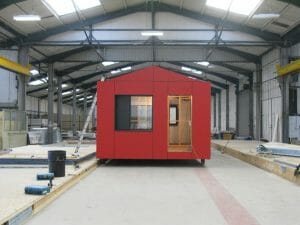
A Y:Cube in a manufacturing facility. The tiny homes are made of renewable materials and can be stacked to create apartment buildings. Photo courtesy of YMCA LSW
A 2017 piece by Shelterforce‘s Miriam Axel-Lute argued that blaming community development corporations (CDCs) for the high cost of affordable housing construction is misguided. I agree, and contend that not only is this blame misguided, it ignores the work of CDCs and nonprofits that are leading efforts to reduce costs in key areas of financing, construction, and land costs.
These are key areas because they are the top drivers of construction costs. If housing is increasingly expensive to build, more housing gets built for those at higher incomes and less is built for middle- and low-income residents. This creates communities where only the top income earners can live with access to the best resources and opportunities.
Financing Costs
Traditional affordable housing financing suffers from several problems. First, the Low-Income Housing Tax Credit (LIHTC) program is expensive in part because of the number of actors involved. The IRS gives a pool of tax credits to agencies that select developers who then sell those tax credits to investors through brokers called syndicates. Each takes a cut of the transaction. In addition, building affordable housing requires many layers of financing—not only with LIHTC funds, but also government subsidy and private investment, each resulting in additional negotiations and transaction costs.
One community development financial institution (CDFI) tool to address some of these challenges is the Low Income Investment Fund’s Impact Note. With impact notes, cost-savings happen in two ways: the note reduces the layers of financing needed, allowing CDFIs to raise large amounts of money from local residents using a single instrument, rather than a mix of tax credits, subsidies, and private investments. Furthermore, the CDC saves money on interest, paying no more than 3 percent, compared to the 4-plus percent CDCs pay on traditional debt.
Social enterprise ROC USA helps manufactured housing residents who rent their lots from a landlord to purchase their housing cooperatively. Traditionally, if residents purchased land using debt from normal lenders, they would have to split prohibitively large payments. For instance, a $2 million loan across 75 residents would cost at least $26,000 in total, plus interest. In contrast, ROC USA sidesteps these large upfront costs with a joining fee of $150 to $1,000 pooled from all residents, reducing the total debt and corresponding interest payments. Also, with small increases in resident’s monthly lot fees, ROC USA enables tenants to pay off their debt and own the land within 10 to 15 years.
Construction Costs
Construction costs, especially the cost of materials and labor, is expensive because the work is volatile and insecure, causing large labor shortages. In places like California, labor costs 20 percent more than anywhere else. Further, the building industry invests less than .5 percent of its value into research and development, and is one of the least digitized sectors, only after farming. This means that very little investment goes into standardizing design and building processes to reduce inefficiencies. But two nonprofits are addressing these problems through innovative construction techniques.
One CDC, the Community Housing Partnership, is using off-site construction to build a 250-unit housing complex, cutting costs by 20 percent (nearly $60,000 per unit) and cutting construction time by about 5 to 9 months. Traditionally, materials are shipped to a site where workers build housing, but this means that weather and traffic can delay construction. In contrast, in off-site construction, building parts are pre-fabricated, or built in a product facility in a controlled environment, protected from weather and optimized by managers. While unions have typically opposed off-site work because it reduces labor time, the Community Housing Partnership was able to win support by focusing on the imperative of housing homeless people.
The nonprofit New Story is using 3D printing to address construction barriers. 3D printing uses a robotic printer under computer control to create a three-dimensional object—in this case a house—by using additive materials like energy efficient concrete. New Story has built 650-square-foot houses in 24 hours at a cost of $4,000 per house.
In 3D printing, human labor to build the main structure is nearly taken out of the equation because a robotic printer very precisely outputs a design input via software. Human workers are instead used to focus on things like designing a digital blueprint of the house and elements such as furnishings.
Land Costs
We’ve set expensive and exclusionary requirements for housing such as one unit per lot, minimum building sizes, and occupancy limits. But higher minimum requirements means fewer houses and more rent increases, as developers get 40 percent fewer housing permits with every additional acre larger housing lots are required to be.
Facing these regulatory challenges head on, some groups have begun to build smaller in order to build more and reduce costs. Because smaller homes mean fewer materials, less labor, and more density, Newton Community Development Corporation in Arizona plans to build Tempe MicroEstates, a “small-house” neighborhood of permanently affordable one-bedroom, one-bath homes on its community land trust land for people earning low- to moderate-incomes.
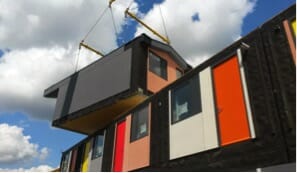
Stackable Y:Cube units. Photo courtesy of YMCA LSW
While one can build more tiny houses on a single plot of land, they cannot take advantage of vertical space. In London, the nonprofit YMCA has addressed this through development of its Y:Cube: small, stackable, 280-square-foot units that can be built off-site for $50,000 per unit. Given that land is often the highest cost in urban areas, the ability to build “up” allows operators to house people more cheaply.
CDCs and nonprofit developers are building new partnerships and inventing new business models to address problems in financing, construction, and land. And while critique is a necessary component to progress in all fields, we should first be supportive of efforts to find innovative solutions to our most longstanding barriers to maximizing affordable housing supply.

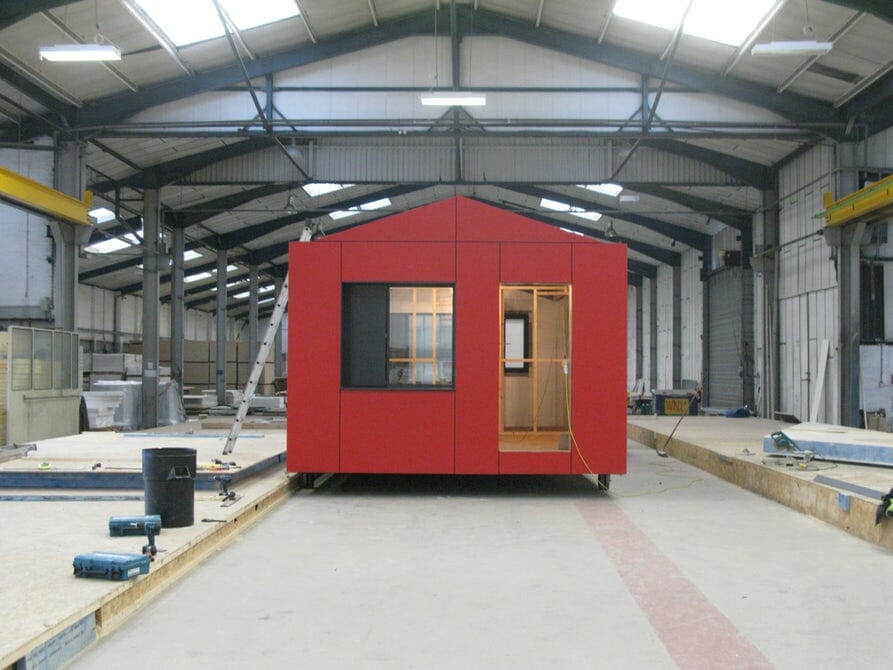


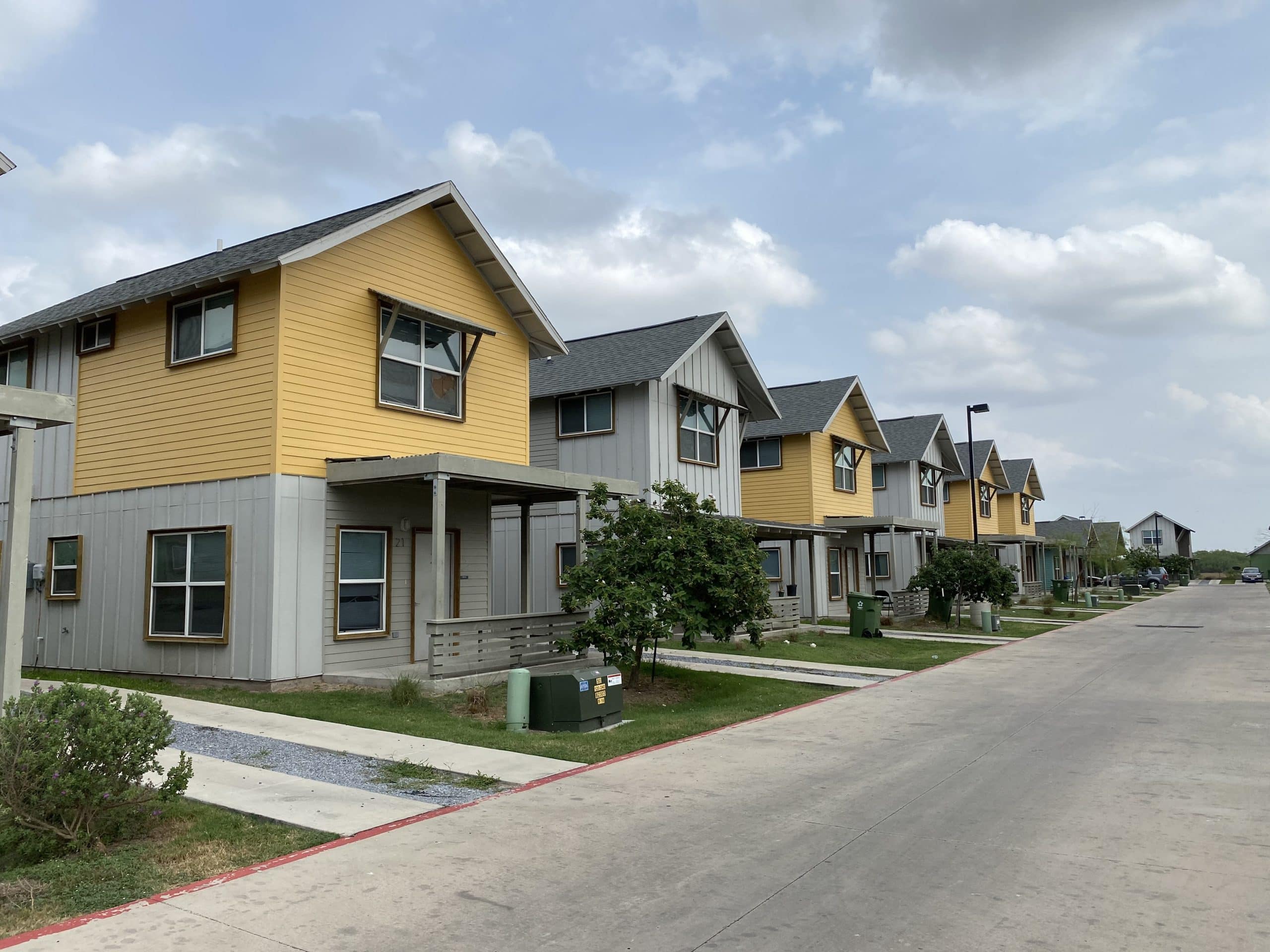
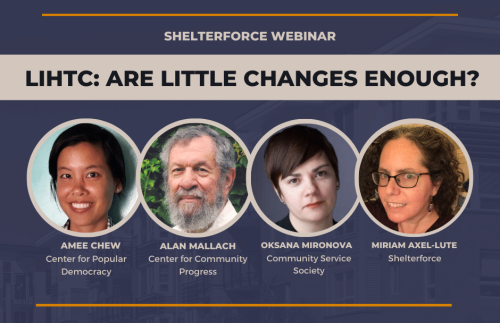
Despite interesting, creative ways to accommodate housing affordability, I don’t believe “innovative solutions” exist in a mindset where the CDC model centers around the built environment, consistent with the “urban planning” model, where “success” is defined in “economic growth” terms, rather than in socioeconomic terms, focusing on raising standards of living & quality of life outcomes, in real terms.
To the CDC model, this is what they would call “economic development”, which of course, it isn’t.
Subsidizing supply is one thing, but when does it become an artificial incentive to create supply? Let’s look at the supply and demand equation & natural competition before declaring success in artificial ways, which over time, will only make matters worse.
What solutions arise from your analysis to improve the standard of living for low income people in the US?